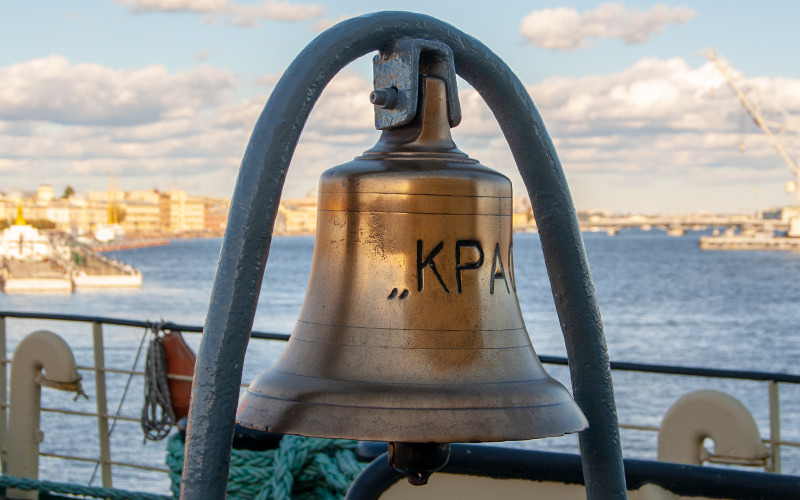In my previous article, I wrote about the Museum of the Academy of Fine Arts. Today, I would like to focus on one of its exhibitions, "St. Petersburg in Architectural Models and Drawings. 18th-19th Centuries."
Surprisingly, there is no museum dedicated entirely to architecture in St. Petersburg, unlike the A. V. Schusev Museum of Architecture in Moscow. This might be because in our beautiful city, you can study architecture just by stepping outside. St. Isaac's and Smolny Cathedrals: we all know these symbols of St. Petersburg. But did they really look as they do now? Let's take a look.

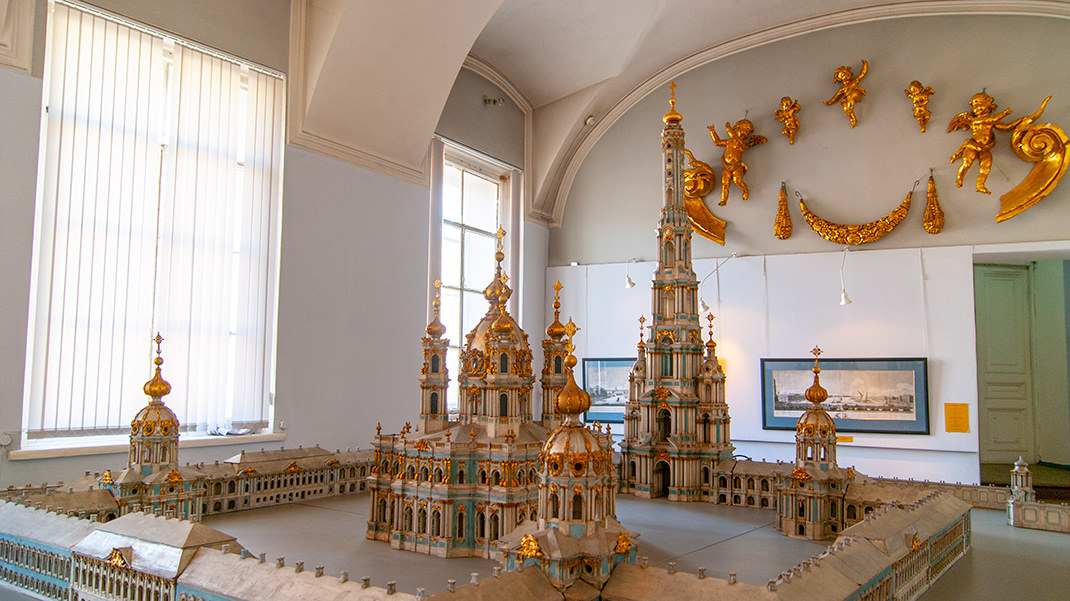
Exhibition of Architectural Models and Drawings
The exhibition is located on the third floor of the Academy of Fine Arts on University Embankment. You can access the exhibition by simply purchasing an admission ticket to the museum. Several rooms display copies of famous city landmarks. In addition to the aforementioned cathedrals, there are models of the Exchange Building, the Alexandrinsky Theatre, the Mikhailovsky Castle, and several other structures. Interestingly, a model of the Academy's own building is also on display.
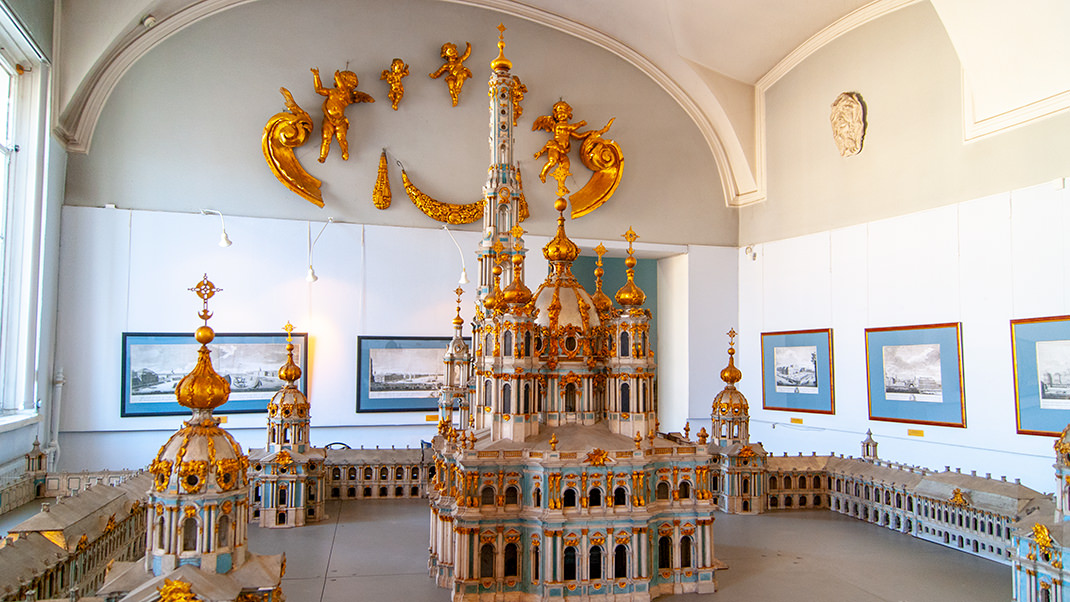
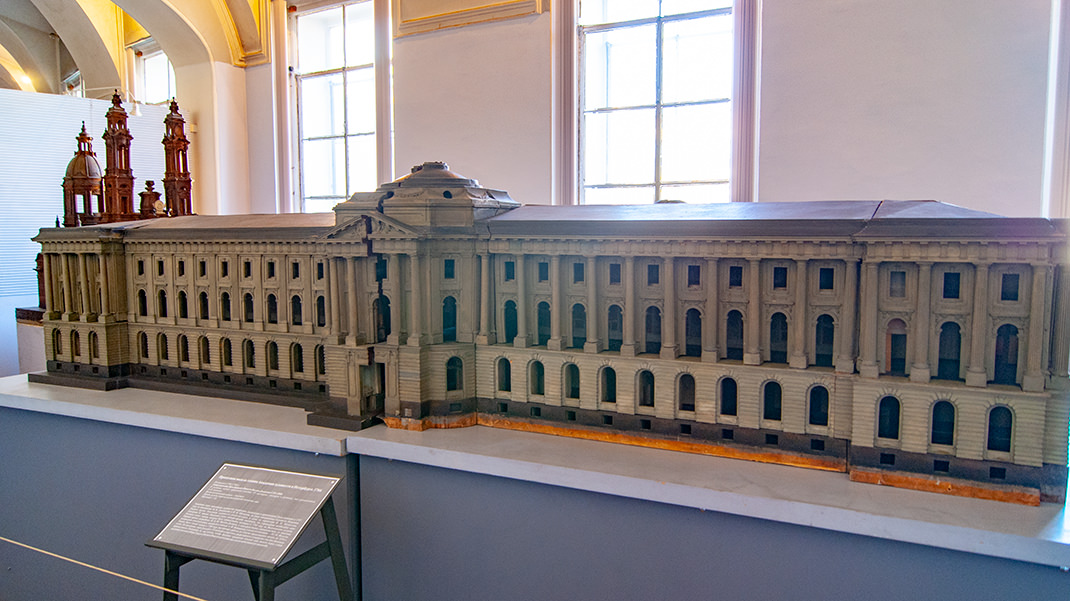
Creating architectural models was borrowed from the Europeans. These scaled-down copies of buildings give an idea of the future volume of the structure and its interiors. Typically, such models were kept in the buildings for which they were created. In St. Petersburg, however, the models were placed in the Academy of Fine Arts, allowing us to see several remarkable creations in one place today.
Designs for St. Isaac's Cathedral
Peter I was born on the day of St. Isaac of Dalmatia, and in 1710, he ordered the construction of a church in honor of his patron. The first St. Isaac's Church was located near the Admiralty building and was a barn-like structure with a belfry on the roof.
The second, stone St. Isaac's Church began construction west of the Admiralty in 1717. However, over time, the ground under the building began to sink, and the church had to be dismantled.
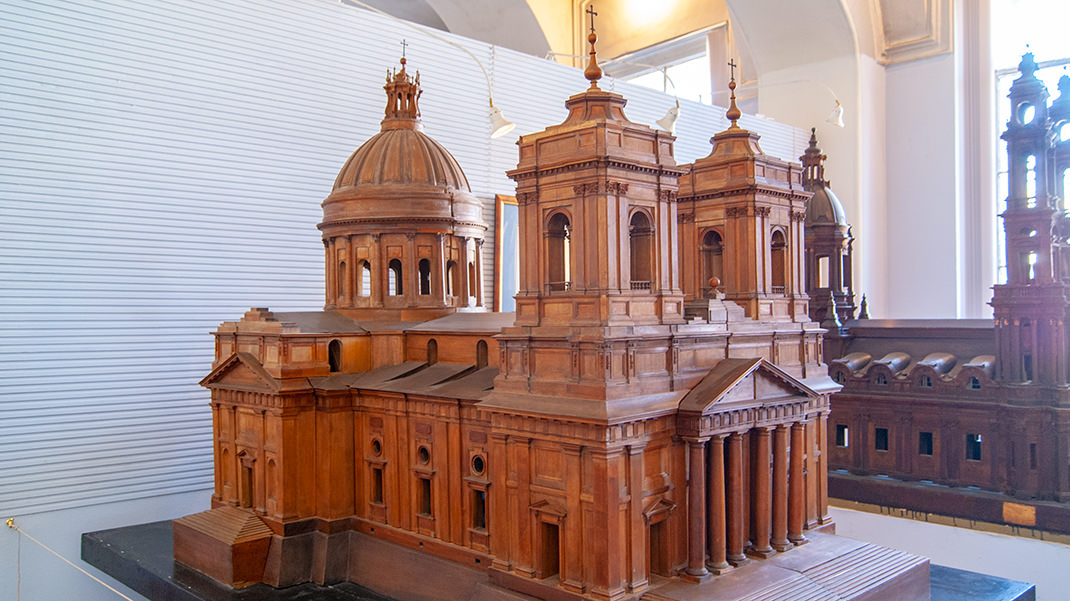
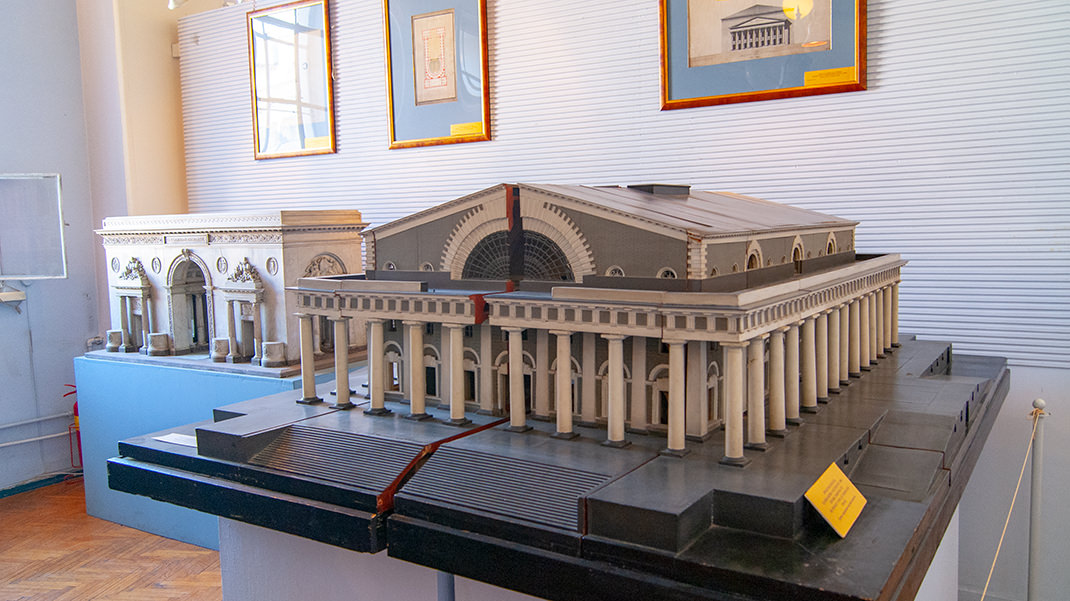
At the Academy of Fine Arts exhibition, we see a model of the third St. Isaac's Cathedral, designed by the famous architect of the Marble Palace, Antonio Rinaldi. The continuity of the master’s style is evident—St. Isaac's Cathedral was intended to be made of marble.
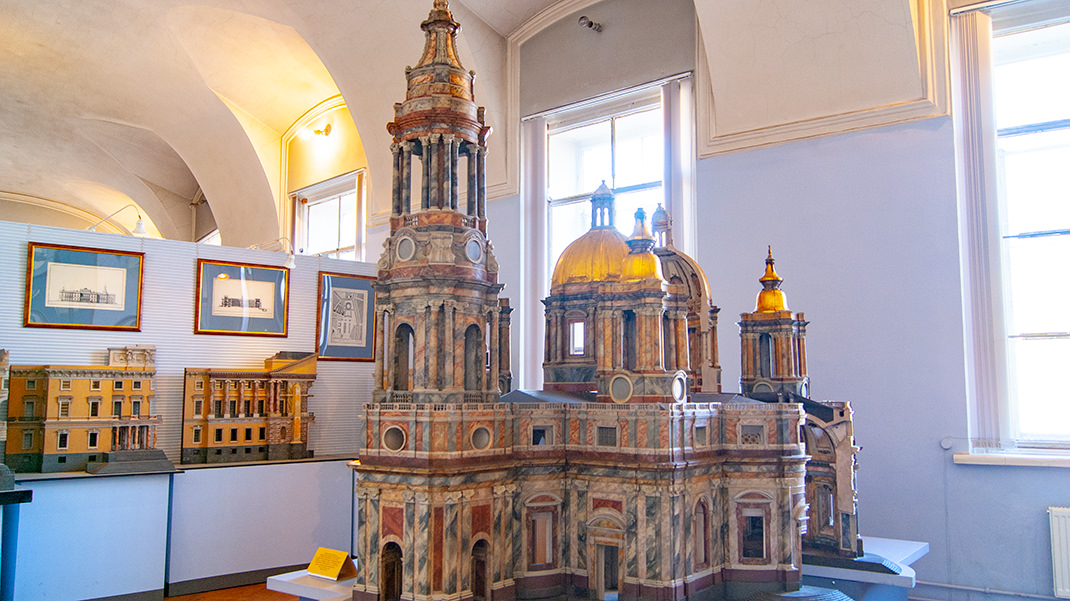

By the time of Catherine II’s death, who had conceived this project, the cathedral was only half built. Her son Paul I ordered the marble intended for St. Isaac's Cathedral to be redirected to the construction of the Mikhailovsky Castle. St. Isaac's Cathedral was then intended to be built from brick, which would have looked rather odd amidst the grand architecture of central St. Petersburg.
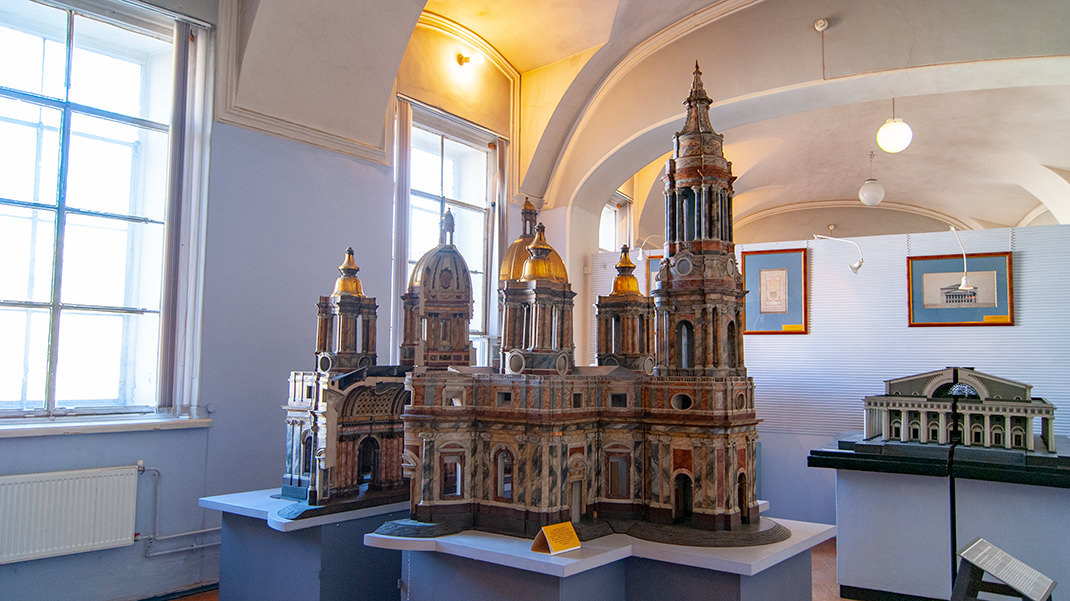
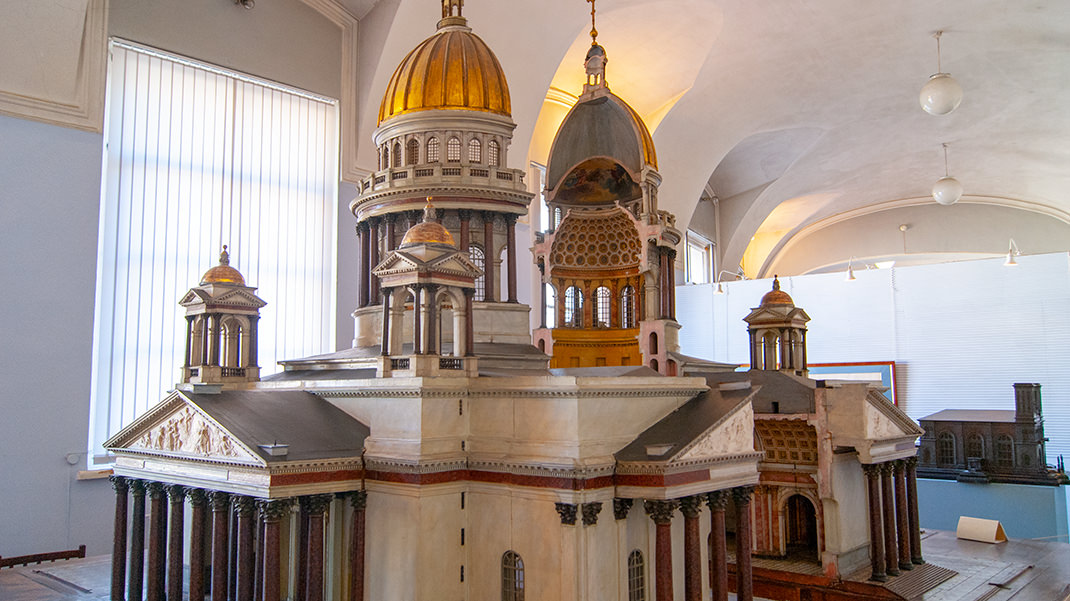
Later, a decision was made to rebuild this cathedral as well. The author of the final, fourth project was Auguste Montferrand. Interestingly, the first stone of the third cathedral was laid in 1768, and the last, fourth St. Isaac's Cathedral was consecrated in 1858, meaning the project took 90 years. Three generations of St. Petersburgers witnessed what could now be called a mega-project. It’s notable that the protracted construction was referred to by the city’s residents as the “Isaac Village.”
Unrealized Project of the Smolny Cathedral
In contrast to the epic story of St. Isaac's Cathedral construction, the story of the Smolny Cathedral is much more mundane, though it can still be considered a long-term project—it took 87 years to build. The Academy of Fine Arts exhibition features a model of the Smolny Monastery designed by Bartolomeo Francesco Rastrelli.
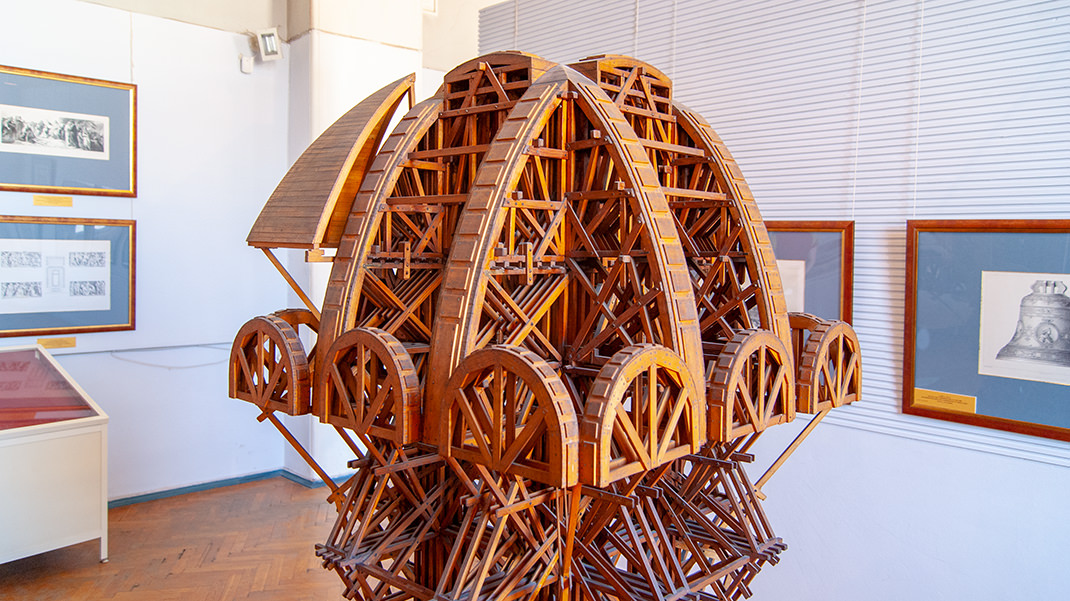

Notably, this model shows a non-existent bell tower. The height of this proposed bell tower is reported to vary from 140 to 167 meters. Due to its size, the structure would have surpassed all existing heights in the city, including the dome of St. Isaac's Cathedral and the spire of the Peter and Paul Cathedral.
The reason the building was never constructed was clearly due to a lack of funds. However, during modern excavations near the Smolny Cathedral, the foundation of the future bell tower was discovered at a depth of 4 meters.

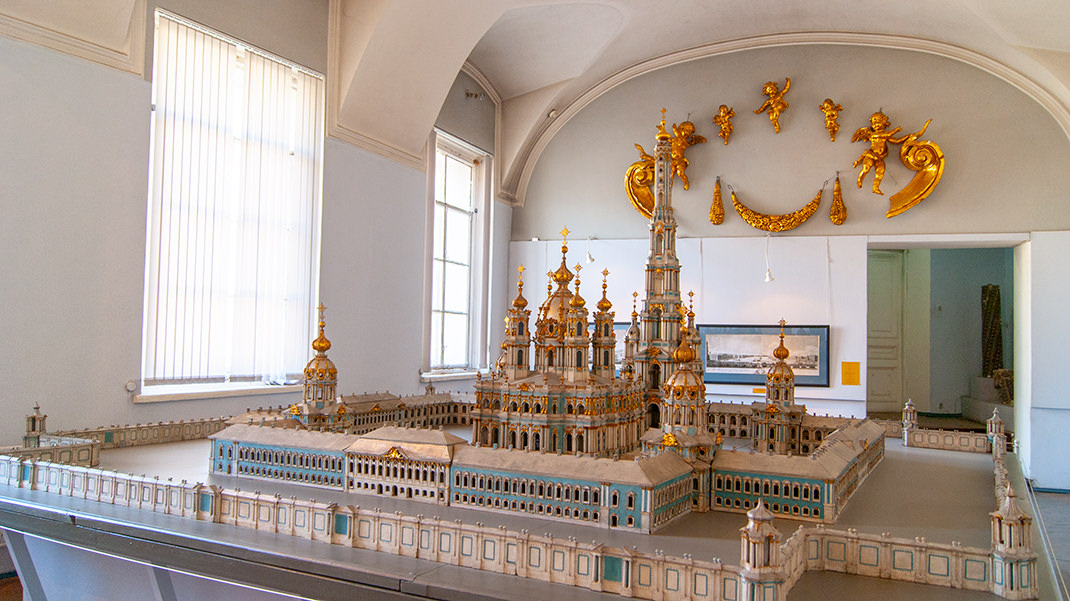
Interestingly, residents of this area often ask museum staff where the bell tower in the model came from since it does not exist in real life.
In summary:
- Unique historical exhibits;
- In addition to models, the museum displays numerous architectural drawings;
- If you are interested in architecture or art, there is a bookstore on the first floor with a large selection of related books.
- Part 1. The Academy of Arts Museum in Saint Petersburg


